Seagrass Types
What is Seagrass?
Seagrasses are marine flowering plants found in shallow areas of a bay that need sunlight to grow. Their extensive root system stabilizes underwater sediments, improves water clarity and reduces erosion. Seagrass leaves provide food, a place to hide and a surface to which smaller plants and animals can attach. These smaller organisms provide food for fish and other animals. By providing food and shelter, seagrass habitats are an important nursery area for fish like spotted seatrout and red drum. Seagrass beds rank with coral reefs and rain forests as some of the most productive habitats on the planet!
Texas has five species of seagrass along the coast.
Shoal Grass (Halodule beaudettei)
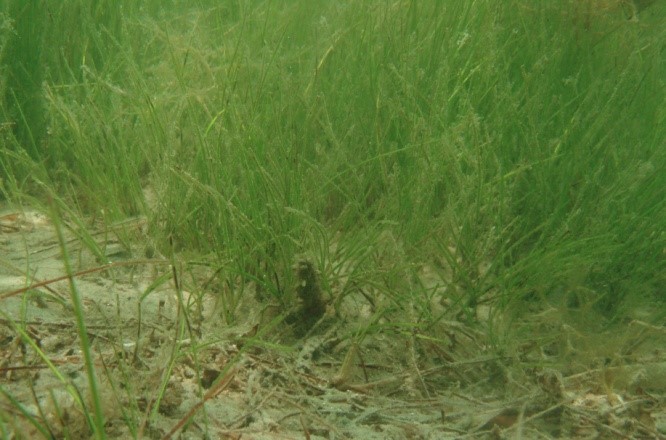
Shoal Grass is the most common seagrass along the Texas coastline. It is also the most tolerant seagrass species because it can thrive in a wide range of temperatures and salinities. Its usually found in water about 1-3 feet deep, and can be identified by its flat, narrow, blade-like leaves that exhibit three points at the tip of each blade. These leaves are around 1/8 inch wide and anywhere from 3-15 inches in length. Considered a pioneer species, Shoal Grass is known for colonizing disturbed areas, establishing quickly and then forming large scale colonies.
Star Grass (Halophilla engelmannii)
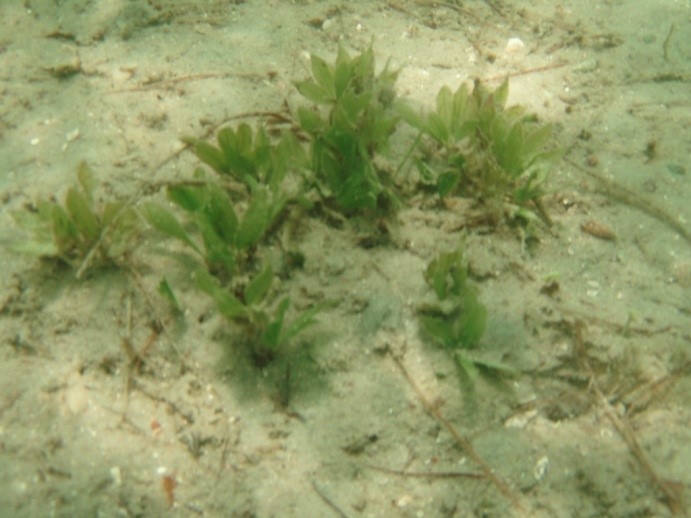
Star Grass may also be referred to as Clover Grass or Peanut Grass. This unmistakable species of seagrass is easily identified by its overall small size and short elliptical leaves. These finely serrated leaves are found in clusters of 4-8 at the end of small shoots. Due to its small size, it occurs in sheltered waters and is found in the understory along with other types of seagrass in mixed beds.
Manatee Grass (Cymodocea filiformis)
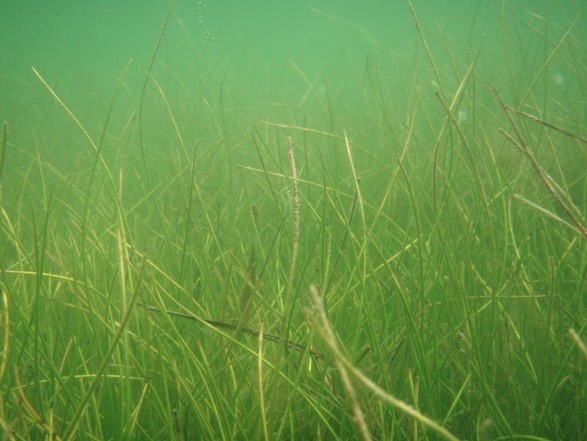
Manatee Grass can be found along the lower regions of the Texas coast in shallow waters ranging from 2-5 feet. Although it may be seen mixed with other species in a seagrass bed, it can be easily be identified by its cylindrical leaves in clusters of two or three.
Turtle Grass (Thalassia testudinum)
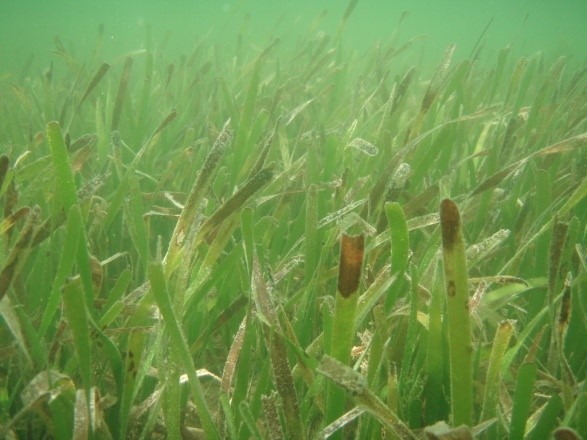
Turtle Grass is commonly found in the lower regions of Texas along mud-sand bottoms in a depth of 2-5 feet. This species will form extensive beds when under the right conditions. Turtle grass is known for its broad flat leaves and shoots are often found with clusters of 3-7 leaves, up to 14 inches in length. This species derives its name from the fact that it is a favorite food source for the Green Sea turtle.
Widgeon Grass (Ruppia maritima)
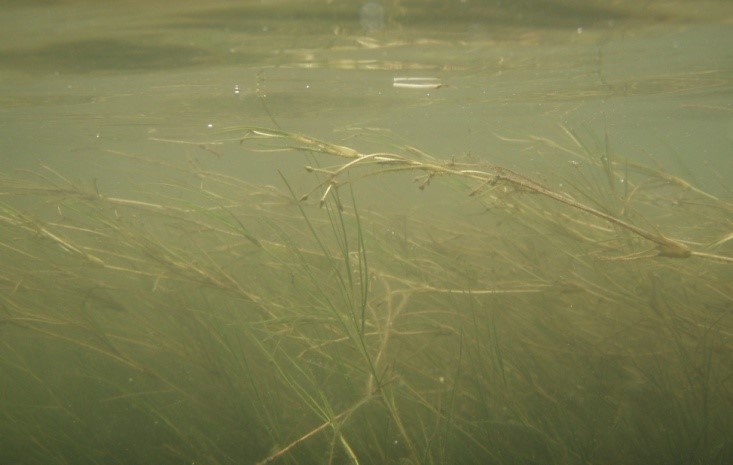
Widgeon Grass is mostly found in freshwater but also exhibits a high tolerance for salinity and therefore can be found in Texas estuaries. This species looks similar to Shoal Grass, but has notably long branched stems with thin pointed leaves and one root at each of the rhizome nodes. The presence of a flowering stalk and seed clusters also help to identify Widgeon Grass from other similar seagrass species.